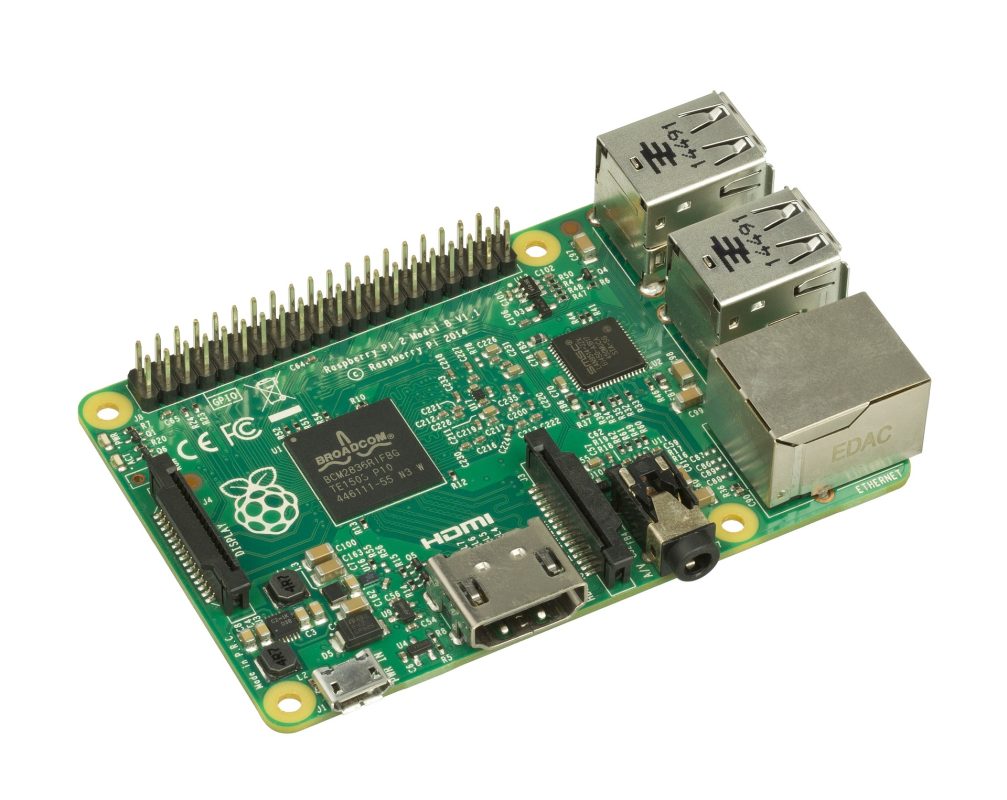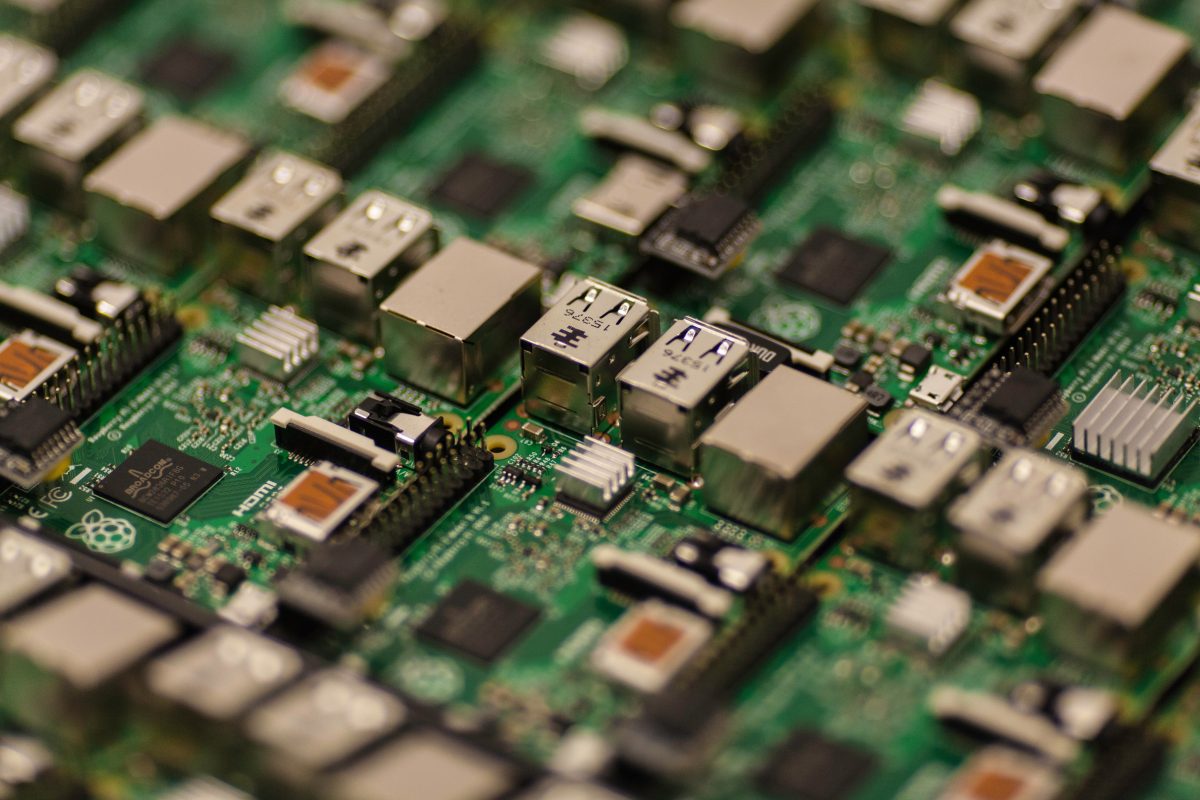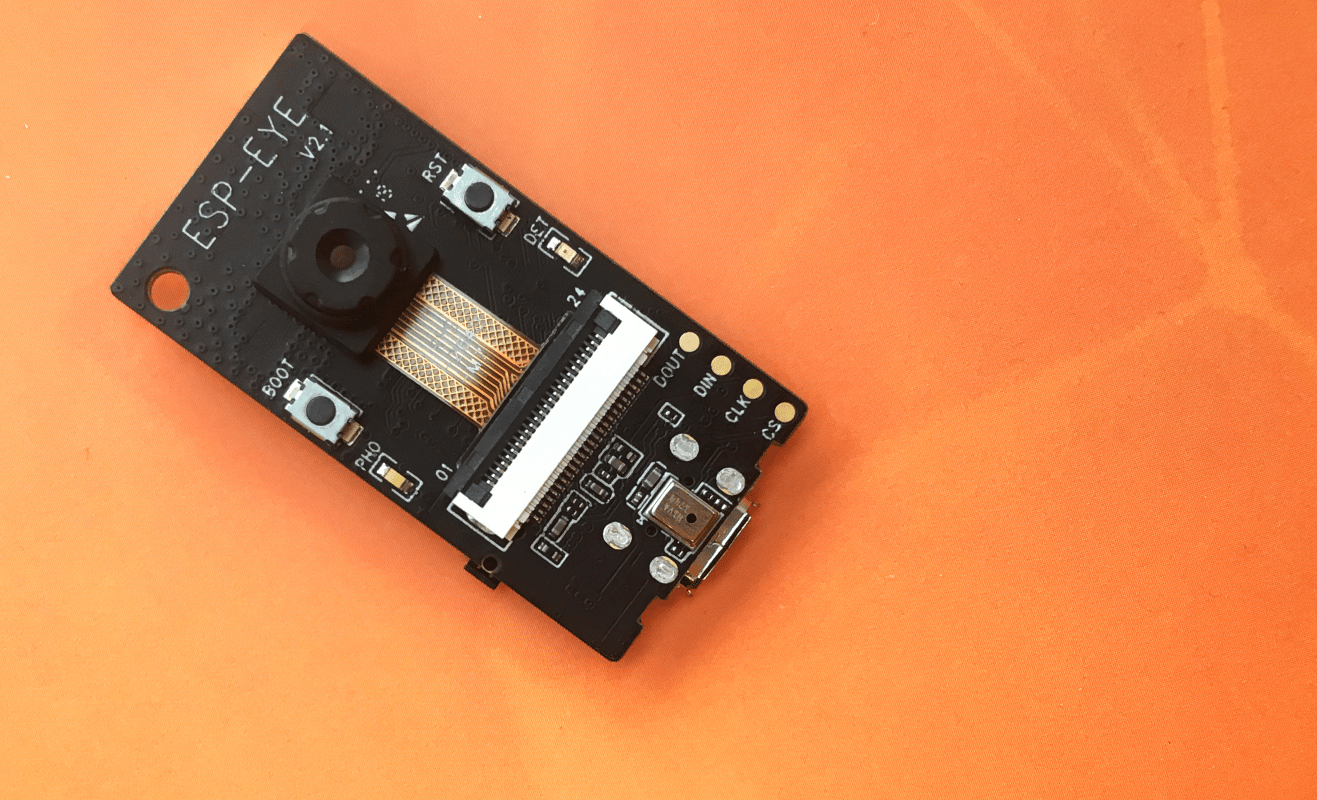In today’s interconnected world, ensuring the security of our homes and workplaces has become increasingly important. A Raspberry Pi security camera – a DIY smart security camera based on the versatile single-board computer Raspberry Pi – presents a cost-effective and customizable option. I also personally think it’s a great first project for IoT hobbyists who […]
Tag Archives: Developers
A Raspberry Pi Pico is a popular microcontroller (MCU) option for hobbyists and IoT professionals alike. It holds a special place in the IoT world because of its small physical size paired with relatively high processing power and low energy consumption. Add to that the huge mainstream adoption of its larger siblings (Raspberry Pi 1 […]
This post describes the challenges encountered and considerations done when having to implement new RTSP live video streaming apps for iOS and Android. And describes why we ended up using GStreamer and our experiences with that library. New Video Apps for Nabto Edge Needed! At Nabto we continually seek to improve our solutions and technology […]
A slow website is bad news, right? Not only can it be incredibly irritating, but it also has a huge impact on user experience. This is also true of IoT devices — especially with the number of new ones flooding the market. As a result, SMEs and large companies have to reevaluate and reconsider the […]
You’ve probably heard of several cases involving digital privacy issues such as customer data leaking, GDPR breaches, or general lack of cybersecurity. This only stresses the importance of considering the level of privacy in an IoT solution – not only to increase end-user confidence and willingness to invest in an IoT-enabled device, but also to […]
A P2P-based IoT solution for your devices is, in general, simpler to develop and manage than the traditional server-based solution. Read along to get the answer of how a direct connection is established, and which communication patterns are supported to enable a high-performing, developer-friendly IoT solution. The design of a P2P-based IoT solution vs. a […]
In recent months both Amazon and Microsoft have launched new IoT solutions to create more secure tunneling between the end-user and the IoT device. The two solutions, the AWS IoT Device Management and the Azure IoT Device Stream have a lot in common, but compared to the Nabto IoT platform they still lack some important […]
Important notice: This post is about the legacy Nabto 4/Micro platform which has been superseded by the Nabto 5/Edge platform. Nabto Edge officially supports ESP32 – and there is a new tutorial for How to Make a Low-Cost ESP32-based Remote-accessible Camera using ESP32-CAM or ESP32-EYE Board available. In our former blog post ‘RTSP P2P streaming through […]
Important notice: This post is about access control in the legacy Nabto 4/Micro platform. For modern access control in Nabto 5/Edge, see the intro to security in Nabto Edge. Also see the general comparison of Nabto 4/Micro (uNabto) and Nabto 5/Edge. This is the second blog post of the two posts about access control in […]
Important notice: This post is about access control in the legacy Nabto 4/Micro platform. For modern access control in Nabto 5/Edge, see the intro to security in Nabto Edge. Also see the general comparison of Nabto 4/Micro (uNabto) and Nabto 5/Edge. This blog post is the first of two that describe all the steps necessary […]










